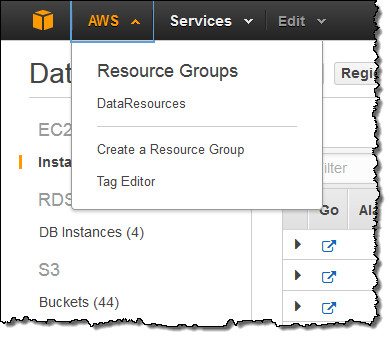

Confidentiality: Identifies the data confidentiality level supported by the resource.Customer: Identifies the client who relies on the resource.Cost Center/Business Unit: Identifies the business unit or cost center linked to the resource.Owner: Identifies who’s responsible for managing the resource.Project: Identifies project supported by the resource.Security: Outlines security requirements and identifies route tables or security groups that require additional review.Opt-in/Opt-out: Identifies when to include a resource with an automated activity.

Date/Time: Identifies the period for when to start, stop, delete, or rotate a resource.Version: Distinguishes between different versions of a resource or application.Environment: Identifies whether the resource is associated with a development or production resource.Cluster: Identifies resources farms with standard configurations and functions.Application Role: Describes a resource’s function, like a web server or message broker.Application ID: Identifies resources associated with a specific application.Name: Used to identify an individual resource.Common Types of Mandatory Tags in AWS Technical tags Below are some of the most common tag types used for AWS resources and related attributes. AWS + Slack Try This Automation What Are Mandatory Tags in AWS?Īn AWS tag consists of a user-defined tag key and a tag value.


 0 kommentar(er)
0 kommentar(er)
